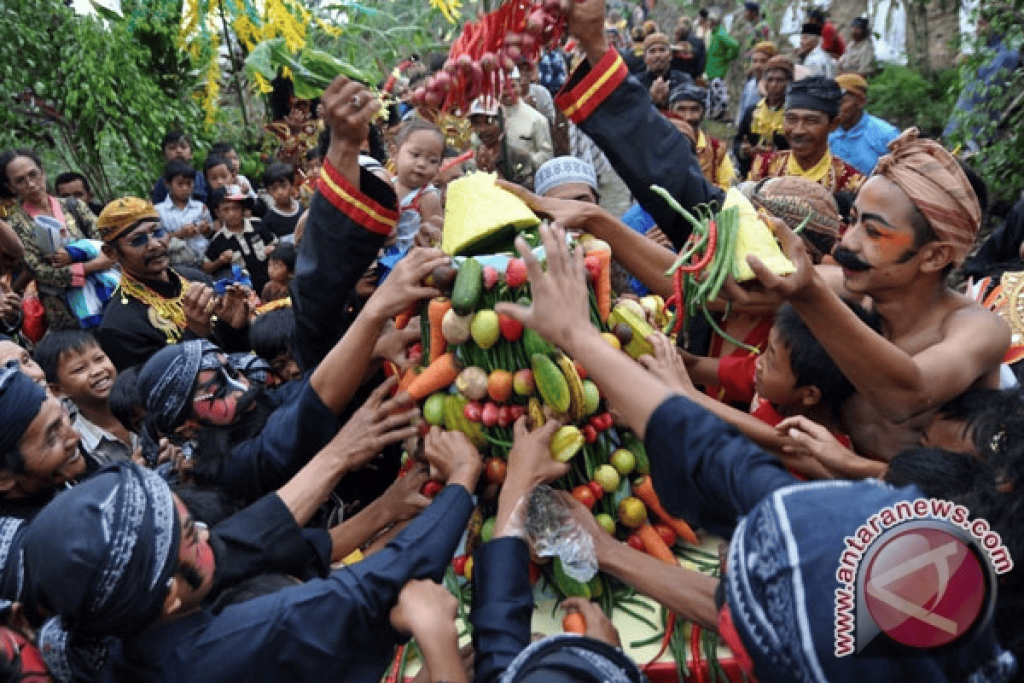
Sekaten is one of the most respected and important religious celebrations in Yogyakarta, Indonesia. It is an annual festival organized by the royal palace (keraton), blending strong elements of Islamic traditions and Javanese beliefs. This event is usually held to commemorate the Maulid (birthday) of the Prophet Muhammad SAW and lasts for seven consecutive days, starting from the 5th to the 12th of Rabiul Awal, the third month in the Islamic calendar.
History and Origins of the Sekaten Tradition
The origins of the Sekaten tradition can be traced back to the reign of Sultan Hamengkubuwono I in the 18th century. This tradition began as religious ceremonies held by the keraton to celebrate the birth of the Prophet Muhammad SAW. Starting from small celebrations within the palace, Sekaten has evolved into a grand festival involving the participation of the wider community.
Distinctive Elements of the Sekaten Tradition
Sekaten has several distinctive elements that characterize it. One of these is the Sekaten Market, where various goods such as toys, handicrafts, traditional foods, and other small products are sold around the keraton area. Additionally, a night market is also opened, offering various traditional entertainments such as wayang kulit (shadow puppetry), kuda lumping (a traditional Javanese dance), and gamelan music performances.
Sekaten Feast and Religious Processions
One of the highlights of the Sekaten Tradition is the kenduri, or grand feast, held in the keraton complex. During this feast, various traditional Javanese dishes are served and given to the public for free as a form of charity. During this celebration, there are also religious processions accompanied by the recitation of sholawat and dhikr (Islamic chants), adding to the sacredness of the event.
Grebeg Maulid Ceremony

One of the most anticipated events in the Sekaten Tradition is the Grebeg Maulid, held on the final night of the celebration. In this ceremony, the keraton holds a unique procession where various types of food and agricultural products are paraded in the form of giant tumpeng (cone-shaped rice) from the palace to the mosque for a collective prayer. The tumpeng is then distributed to the community as a symbol of blessings.
Meaning and Significance of the Sekaten Tradition
The Sekaten tradition holds deep meaning for the people of Yogyakarta. Besides being a religious celebration, Sekaten is also a moment to celebrate the cultural and spiritual diversity unique to Yogyakarta’s society. Additionally, this celebration serves as an opportunity to strengthen social bonds between the keraton and the community and to preserve the rich Javanese cultural heritage.
The Sekaten tradition is a celebration filled with meaning and beauty, which has become one of the distinctive features of Yogyakarta’s culture and identity. By combining religious, cultural, and social elements, Sekaten not only celebrates spirituality and diversity but also serves as a platform to strengthen the relationship between the keraton and the community. Let us together celebrate the beauty and warmth of the Sekaten Tradition, which has become an inseparable part of the lives of the people of Yogyakarta for centuries.
